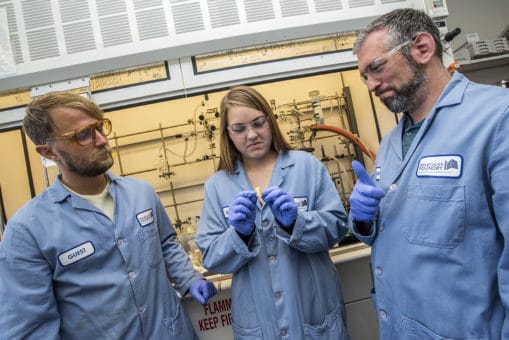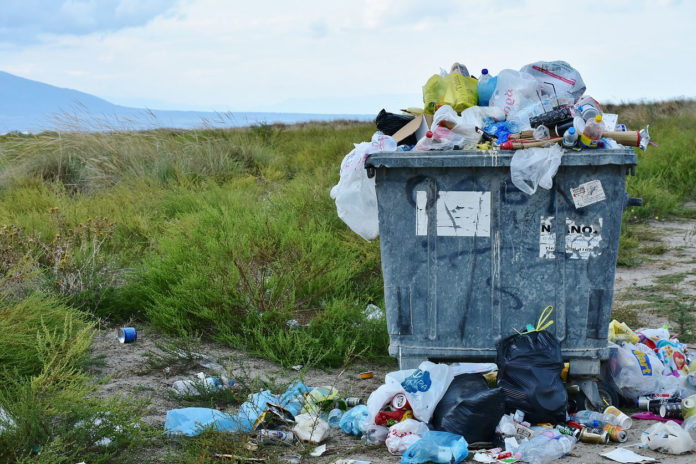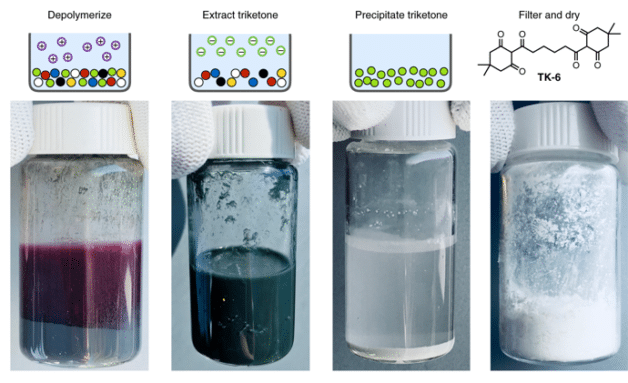Plastic pollution has increased in the past few decades. No doubt, plastic has several valuable uses- we have become addicted to single-use or disposable plastic. Every year, we produce about 300 million tonnes of plastic waste, and half of all plastic produced is designed to be used only once — and then thrown away, meaning it ends up in landfills or the ocean.
To overcome this problem, the scientists at the Lawrence Berkeley National Laboratory in California, US, have developed a new kind of plastic that can be re-manufactured back into the same type of plastic in a more sustainable way. And that too without losing any quality or performance.
Many additives are used while manufacturing the plastic-like chemicals to make it fire-resistant and stronger and add colors to it. These chemicals are very difficult to separate from pure plastic. It becomes challenging to recycle plastic and makes the process more costly.
Whereas the plastic material that the research team designed, called poly (diketoenamine) or PDK, can be easily disassembled into its constituent parts at the molecular level and then reassembled into a different shape, texture, and color again and again.
While making the plastic, the molecules called monomers are tightly bound together into polymers and mixed with other chemical additives- those bonds are hard to break. However the monomers in PDK plastic are designed to come apart more easily, which enables them to be later rebuilt into something new.
“With PDKs, the immutable bonds of conventional plastics are replaced with reversible bonds that allow the plastic to be recycled more effectively,” says Brett Helms, lead researcher on the study.
Researchers simply dunked the material in a highly acidic solution. The acid helps to break the bonds between the monomers and separate them from the chemical additives that give plastic its look and feel. This recovered monomer is then reused in new recyclable plastic products. Also, the colors and other properties of the old products didn’t affect the new ones.
They say this “circular” material whose original monomers can also be “upcycled” to make a new, higher quality product.
The researchers believe their new recyclable plastic could be a good alternative to many non-recyclable plastics in use today.
“We’re at a critical point where we need to think about the infrastructure needed to modernize recycling facilities for future waste sorting and processing,” said Helms. “If these facilities were designed to recycle or upcycle PDK and related plastics, then we could more effectively divert plastic from landfills and the oceans. This is an exciting time to start thinking about designing materials and recycling facilities to enable circular plastics.”

Now, the team is planning to develop PDK plastics with a wide range of thermal and mechanical properties for applications as diverse as textiles, 3D printing, and foams. Additionally, they are looking to expand the formulations by incorporating plant-based materials and other sustainable sources.
The research about recyclable plastic was reported in the journal Nature Chemistry.

